Long gone are the black and white days of photography, cinema and television, when the images were more elegant, the silhouettes more graphic, and room was left to the imagination.
Yet architect Marzio Cavanna did not design his home out of nostalgia. Rather, the 860sqft apartment is a tribute to Scandinavian countries where the lack of natural light is compensated by the skillful use of black and white.
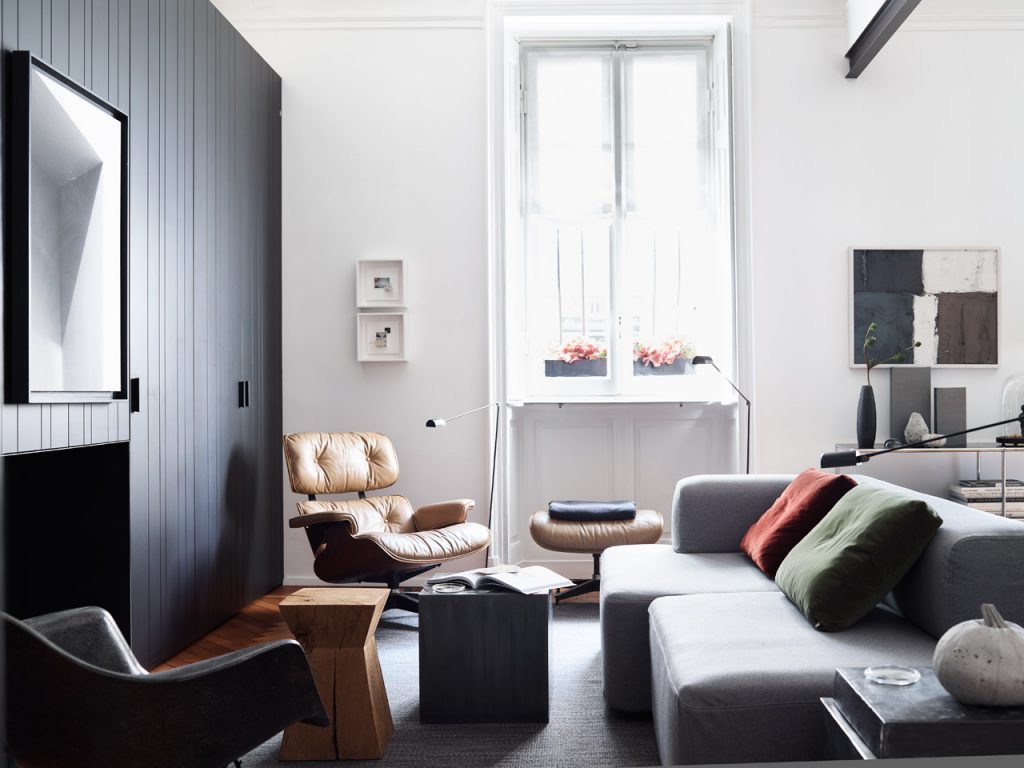
Located on the first floor of a building from early 20th century Milan, the house’s original layout – hallway, two bedrooms, a bathroom and kitchen – was abolished by Marzio’s reinterpretation of the floorplan. Today, half the space is occupied by an open plan living, dining and kitchen area, while the remaining square feet have been distributed across the sleeping quarter, wardrobe and bathroom.
“In my previous home, I noticed that despite the living room being very welcoming, my friends preferred to spend time in the kitchen,” says Marzio. “I kept this in mind while designing the new apartment, and opted for a very convivial solution.”

This gathering point is anchored by a beautiful island of statuary marble – “an important solid material that acts like a magnet when friends come to visit” – that houses the cooking stove and sink. Behind it, a wall of black varnished wood mirrors the one on the opposite side of the room, framing the fireplace.
With the appearance of a boiserie, the panels double as doors for hidden built-in storage, alternating with metal shelving on which books are on display. “I love objects,” says Marzio, “I like the idea of introducing them in rotation, according to my wishes.”

Between these black walls, a more traditional living-dining area takes shape, with a linear table surrounded by eloquent Thonet chairs and a sofa custom-designed by Marzio in dialogue with classic pieces of design. Animal figures scatter throughout, while plates by John Derian are hung on the walls. Here, one perceives a preference for essential and clean geometry – in the silhouette of the fireplace, the furniture’s designs, the minimalist pendant lamps.
A softer palette lay in the bedroom, to which the boiserie motif extends, accessed through the dark wood-panelled wardrobe. With exposed shelving on one side of the room, the walls, this time, have nothing to hide. “The spaces alternate in dark and light tones that resemble a game of checkers,” describes Marzio. “So the bathroom is black and rigorous, with a tailor-made iron sink and towel rack, while the shower is bright.”

The only other colours breaking out of this monochrome motif are the natural ones – in the wood of some furnishings, and the leather in the Eames Lounge chair Marzio found in Antwerp, a valuable original from the very first production.
See more: This 450sqft Antwerp apartment is a plant-filled Art Deco haven
With control over the space and precision over the details, a tribute to the masters and a love for countries where, in the scarcity of natural light, one takes to excel in the use of black and white, Marzio’s home is an exercise in the careful selection and orchestration of shapes and materials, sans the interruption of colour.
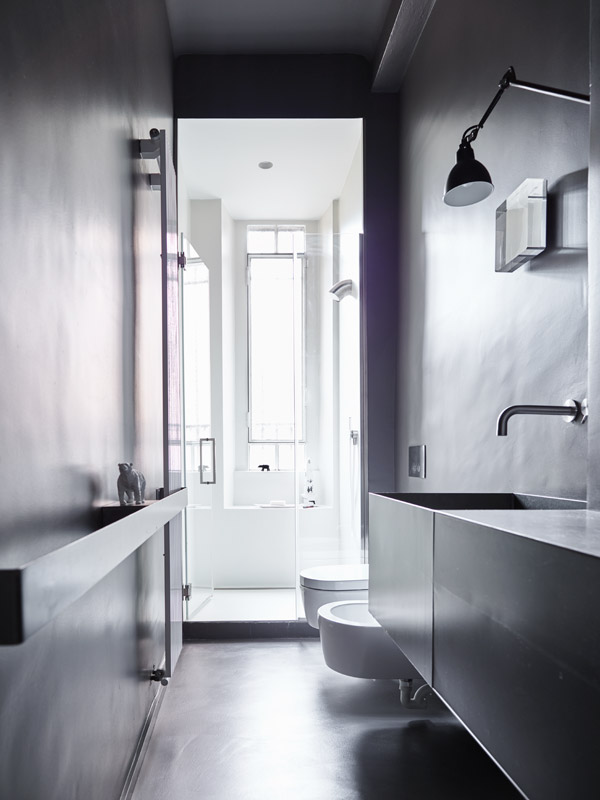
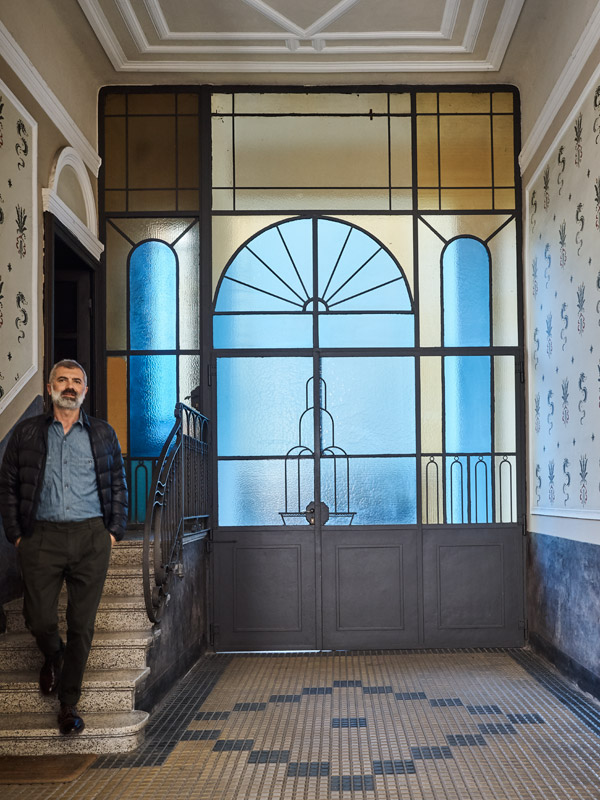
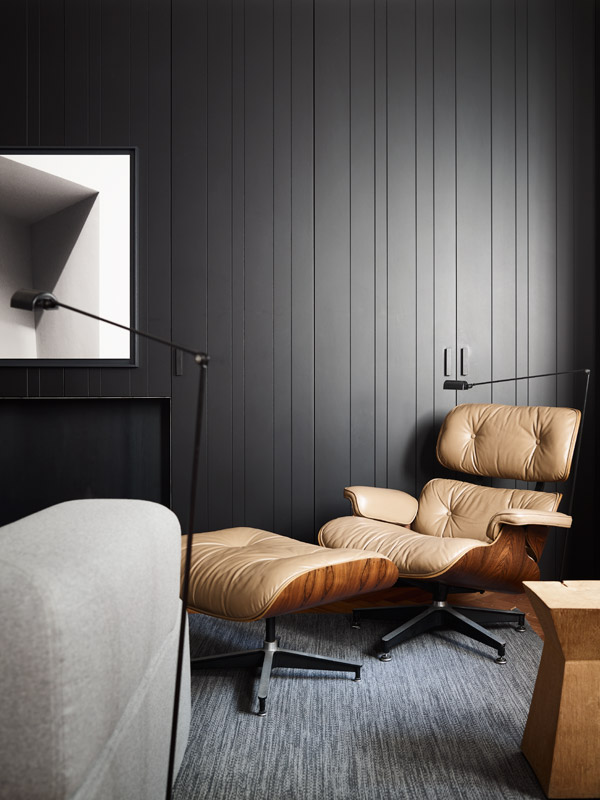


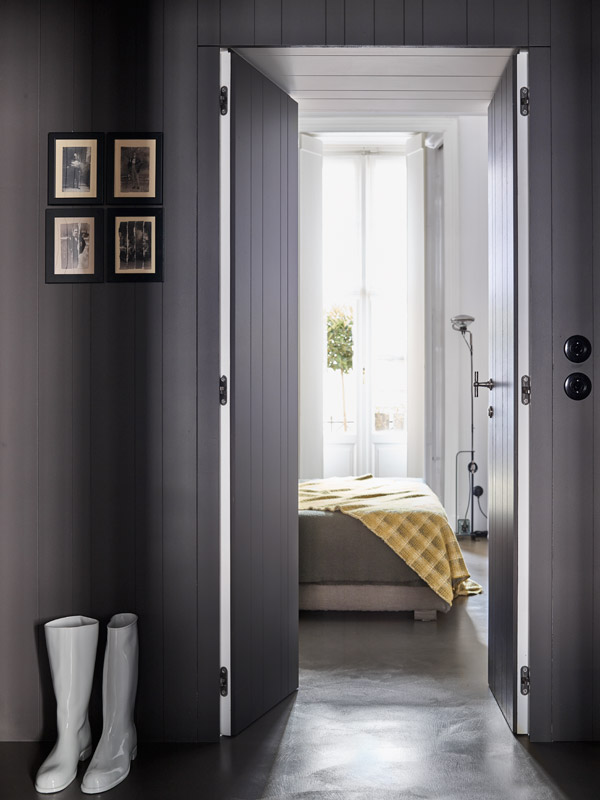
Photography: Fabrizio Cicconi | Living Inside
Additional text: Johna Baylon
See more: London Calling: Heritage-Listed Residence Developed By Princess Beatrice’s Fiancé






